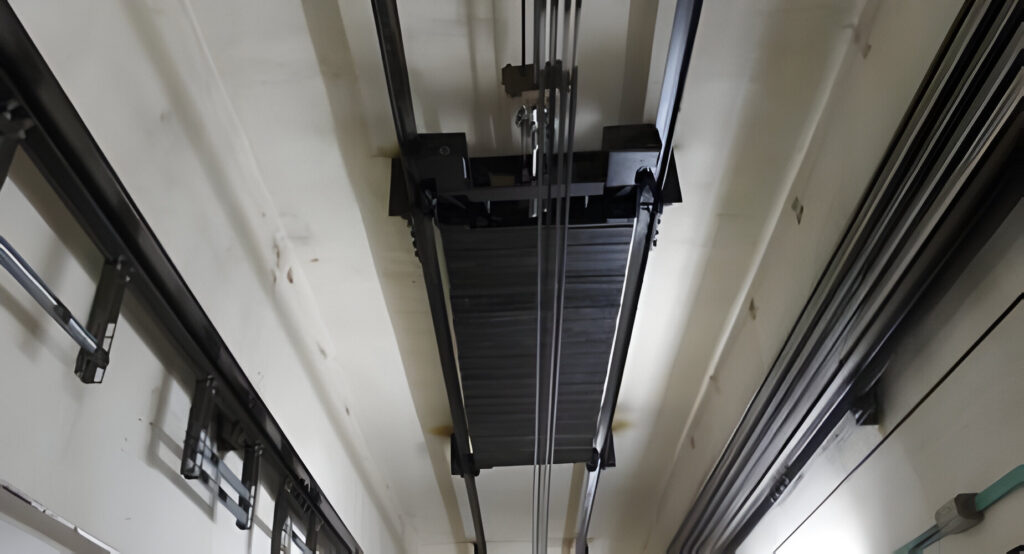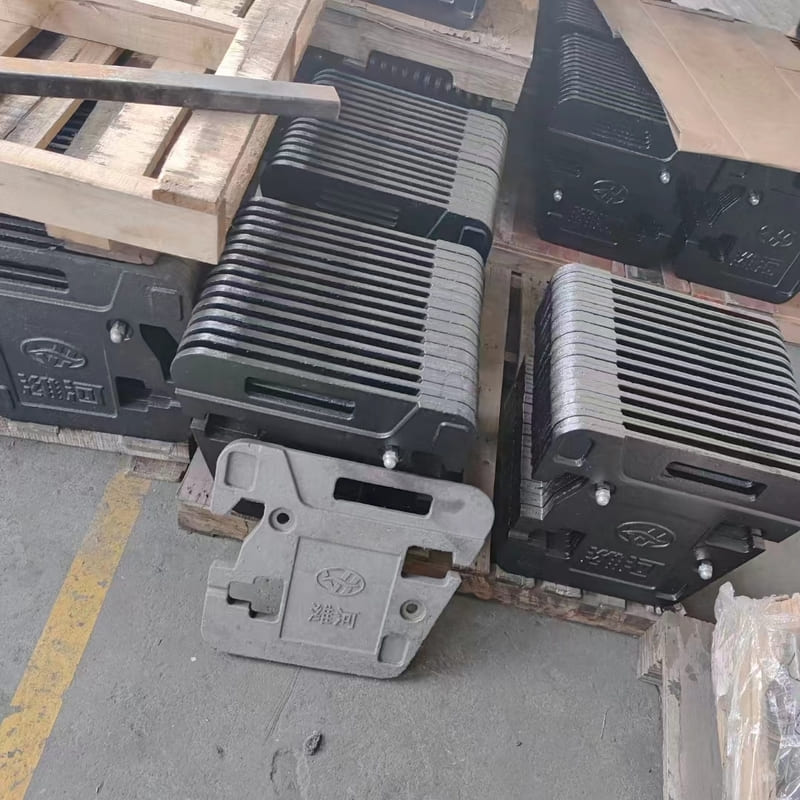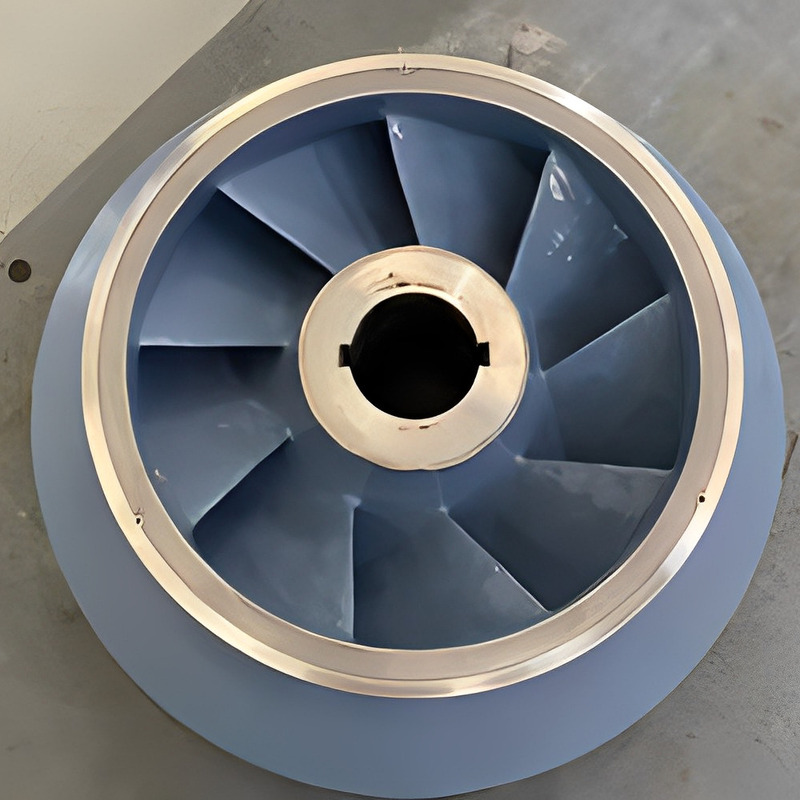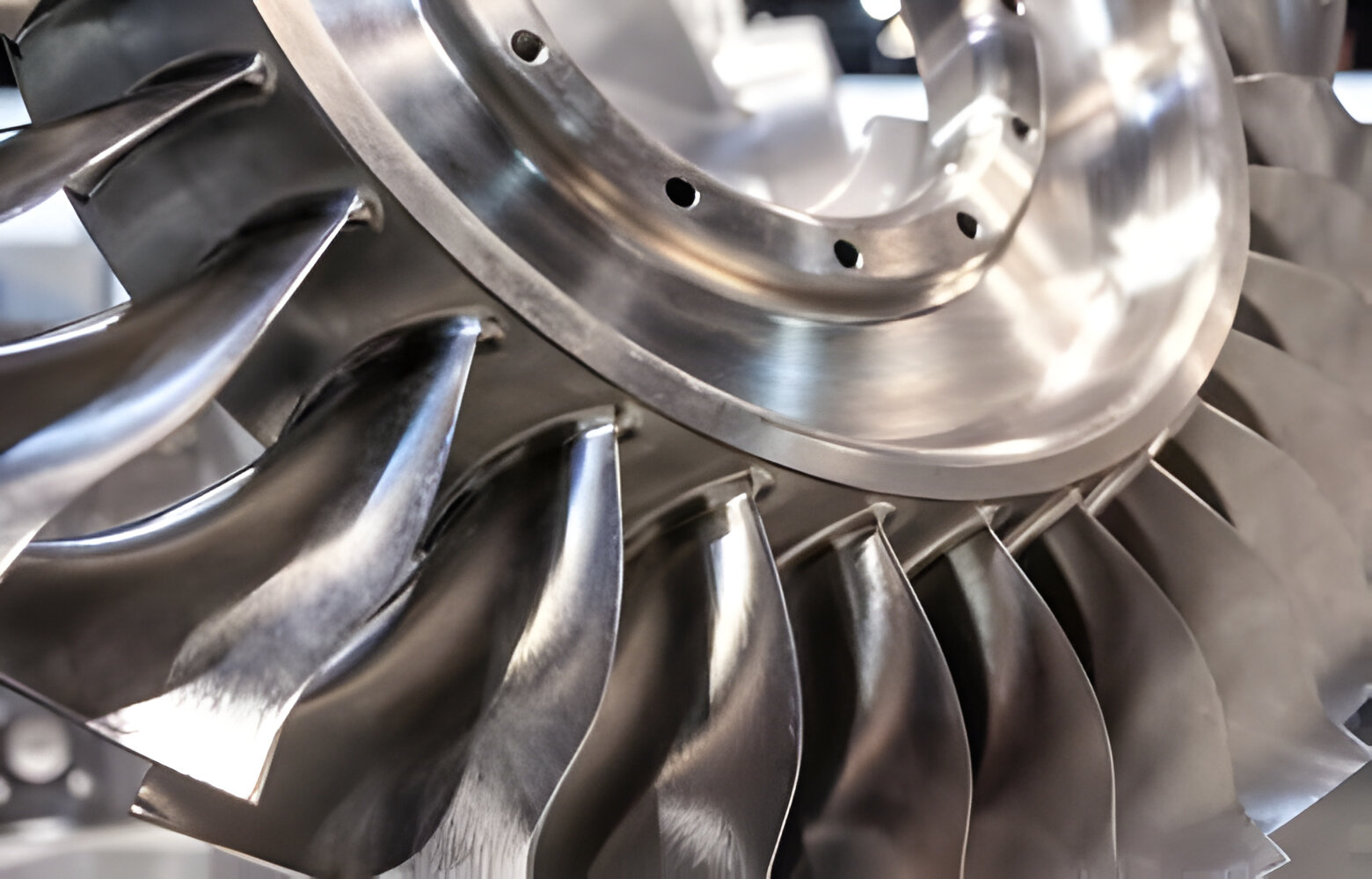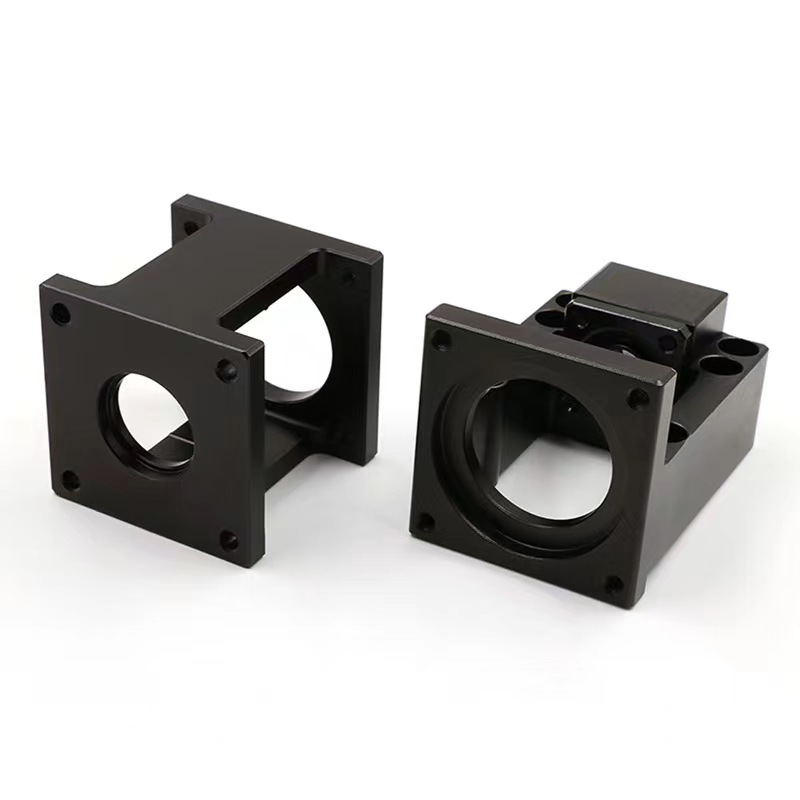Elevators have revolutionized the way we navigate tall buildings, offering convenience and efficiency in vertical transportation. However, behind the scenes, there's a crucial component that ensures their smooth operation: the counterweight. In this article, we explore the necessity of counterweights in elevators, their role in maintaining balance, and how they contribute to the overall efficiency and safety of elevator systems.
1. Understanding the Role of Elevator Counterweights
Counterweights are essential components of most elevator systems, particularly those designed for tall buildings. They work on the principle of counterbalance, where the weight of the counterweight offsets the weight of the elevator car and its occupants. This balance is crucial for efficient operation, as it reduces the strain on the elevator motor and minimizes energy consumption during ascents and descents.
2. Efficiency and Energy Savings with Counterbalance Elevators
Counterweight elevators, also known as counterbalance elevators, are widely used in modern buildings for their efficiency and energy-saving benefits. These elevators employ a counterweight that equals or exceeds the weight of the elevator car, ensuring that the motor doesn't have to work against the full load. As a result, counterbalance elevators consume less energy and operate more smoothly compared to non-counterweighted systems, leading to lower operating costs and reduced environmental impact.
3. The Importance of Proper Counterweight Weight
The weight of the counterweight is carefully calculated to achieve the optimal balance between the car and the counterweight. Elevator engineers consider factors such as the maximum capacity of the elevator, the weight of the car itself, and the average load it is expected to carry. By determining the appropriate counterweight weight, manufacturers can ensure that the elevator operates efficiently and safely under varying conditions, minimizing the risk of malfunctions or accidents.
4. Elevator Safety and Counterweights
Counterweights not only contribute to the efficiency of elevator systems but also play a crucial role in ensuring passenger safety. By maintaining proper balance, counterweights help prevent the elevator from becoming imbalanced, which could lead to issues such as sudden stops or uneven leveling. Additionally, modern elevator systems are equipped with various safety features, including emergency brakes and overspeed governors, further enhancing passenger safety during operation.
5. Elevator Counterweights: A Testament to Engineering Excellence
The development of counterweight systems represents a testament to the ingenuity of elevator engineering. Through meticulous design and precise calculations, engineers have perfected the balance between the car and the counterweight, enabling elevators to operate reliably and efficiently in buildings of all sizes. As the demand for vertical transportation solutions continues to grow, elevator manufacturers must continue to innovate and refine their designs to meet the evolving needs of their customers.
In conclusion, counterweights are indispensable components of elevator systems, ensuring efficiency, energy savings, and passenger safety. By carefully balancing the weight of the car, counterweights enable smooth vertical transportation while minimizing energy consumption and reducing the risk of malfunctions or accidents. For businesses or individuals seeking high-quality elevator components, KT-Foundry offers a range of counterweights tailored to meet the unique requirements of different elevator systems. Visit our website to learn more and contact us for inquiries or purchases.

